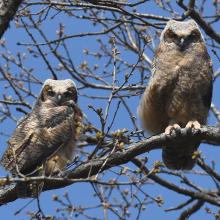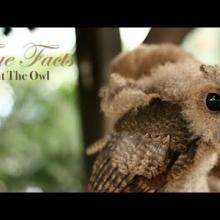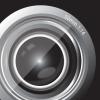

Join BirdNote tomorrow, November 30th!
Illustrator David Sibley and actor H. Jon Benjamin will face off in the bird illustration battle of the century during BirdNote's Year-end Celebration and Auction!
The 22-inch Great Horned Owl has two tufts of feathers that stick up from the top of its head. This owl is difficult to see, but it's often heard during dark winter evenings and pre-dawn mornings. A pair of owls may call back and forth or overlap their hoots. The male's call is slightly lower in pitch. Listen for the owl's night-time refrain, "Who's awake? Me, too."
BirdNote®
Great Horned Owl Duet
Adapted from a script by Frances Wood
This is BirdNote! [Sound of Great Horned Owl hooting]
Does this owl seem to be saying, “Who’s awake? Me, too”? Listen again. [Sound of Great Horned Owl hooting]
This night-time hooter is the Great Horned Owl, often heard during dark winter evenings and pre-dawn mornings. A pair of owls may call back and forth or overlap their hoots. The male’s call is slightly lower in pitch. Can you pick it out? [Sound of owl pair calling]
Chiefly nocturnal, the large, 22-inch Great Horned Owl is difficult to see. But even a good view won’t show real horns, just two tufts of feathers that stick up from the top of the owl’s head.
These creatures hunt for prey at night, and they have exceptional vision. The bird perches quietly, its large yellow eyes watching for mice or other mammals up to the size of skunks. Like other nocturnal owls, the flight and contour feathers are frayed at the ends and very soft, allowing the owl to fly hardly making a sound, to capture unsuspecting prey.
The only sound we’ll hear is the Great Horned Owl’s night-time refrain, “Who’s awake? Me, too.” [Fade into male and female owls hooting]
For BirdNote, I’m Mary McCann.
###
Call of Great Horned Owl provided by The Macaulay Library of Natural Sounds at the Cornell Lab of Ornithology, Ithaca, New York. Sound recordist: W.R. Fish
Producer: John Kessler
Executive Producer: Chris Peterson
© 2015 Tune In to Nature.org March 2015/2019 December 2023
Narrator: Mary McCann
ID # GHOW-01b-2019-3-10









